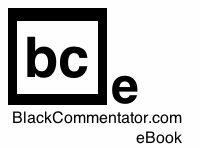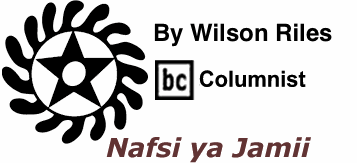
Making the Bad Good: Oz the Great and Powerful



Allegory is a fictional
story composition device that uses characters and other story phenomena to stand
in for real concepts and historical people. Allegories broaden these
associations and comparisons through the story lines and, thereby, make subtle
and not so subtle comments and judgments about the real
historical thing. For thousands of years, humans have used the social
psychological power of this device to convey complicated, memorable concepts
and to push emotional responses in particular directions. But, most
importantly, allegorical stories are teaching devices for our children.
As children and some adults get swept up in the fantastical aspects of fictional stories, they are opened up to the underlying morality and political values embedded in the drama. Well done drama, itself, tugs at the instinctual emotions in us all: fear, love, safety, accomplishment, etc. Associating these emotions with fictional characters that stand in for real concepts and characters is the art that can be used for good or bad results depending on your point of view. Conscious awareness of what is being done to you and your children is really important in this multicultural, complicated political world. Wake up before they “chain” your children’s minds!
My 10-year-old granddaughter
took me to the Disney 3-D prequel to the classic L. Frank Baum tale, The Wonderful Wizard of Oz. This prequel, Oz the Great and
Powerful, debuted in first place and earned $80.3 million at the
weekend box office, according to studio estimates Sunday. Kyla, my
granddaughter, did not like it but for different reasons than I disliked it.
She did not like it because it was scary and too long. I did not like it
because it was poorly done and, more importantly, because it turned Baum’s
allegory – condemning centralized banking – completely on its head. The
character that stood in for BAD bankers was made into an
essentially good person in the prequel.
According to the Money
Reform Party and many others, The Wonderful Wizard of Oz’s author, L. Frank Baum, was a supporter
of William Jennings Bryan who stood three times, unsuccessfully, as a
“The money in the
The Money Reform
Party is quite convincing in their explication of the allegory by pointing to the character stand-ins. The famous 1939 movie
with Judy Garland did the first damage to the allegory by changing the silver
slippers from the book into ruby slippers in the film. In the
prequel, Oz the Great and Powerful, most of the characters in Baum’s
story are missing. The behind-the-curtain trickery (science) of the new main
character, the Wizard-to-be, becomes a virtue. The Witches (women) switch sides
from good to bad and fight one another. There is a character from
There is a valuable
history of the people’s struggles against the money changers embed in
Baum’s allegory. RareOzBooks.com speaks of it. We may start with Jesus Christ who became
violent only one time: when he chased the money changers out of the
temple. British King
Henry I invented tally sticks, polished sticks of wood, to avoid the
strangulation of the goldsmiths and later signed the Charter of Liberty which
led to the Magna Carter and the Constitution. Colonial Scrip was used to avoid
the restrictions of the Bank of England and to pay for the Revolutionary War;
as an act of war
Bankers are presently
on the top of almost everybody’s S*IT list – for good reason. Humans all over
the planet are grasping after ways to put bankers down. There is also great
ignorance about the nature of monetary systems, the history of monetary
systems, and the alternatives that exist that communities have the power to put
into place. The Wonderful Wizard of Oz book could be a great tool to
open up our thinking and end the fear that we have about making these changes. Let’s
not let that tool be so easily destroyed. This is the most popular children’s story in
history. It is a desperate flare fired into the night of history. Let it not be
extinguished by the Walt Disney Corporation.






